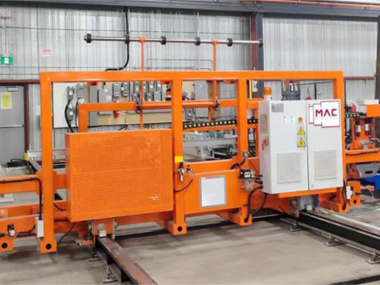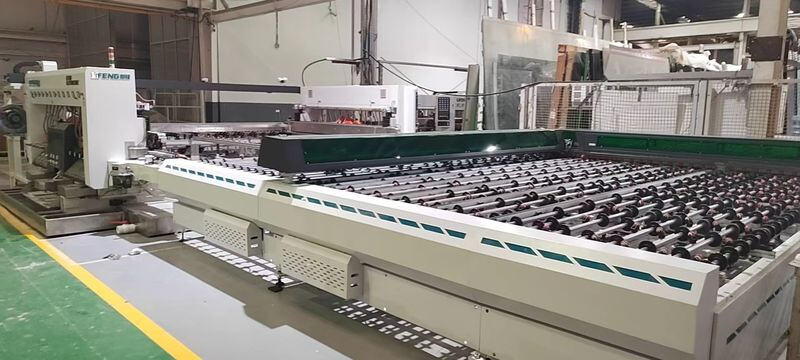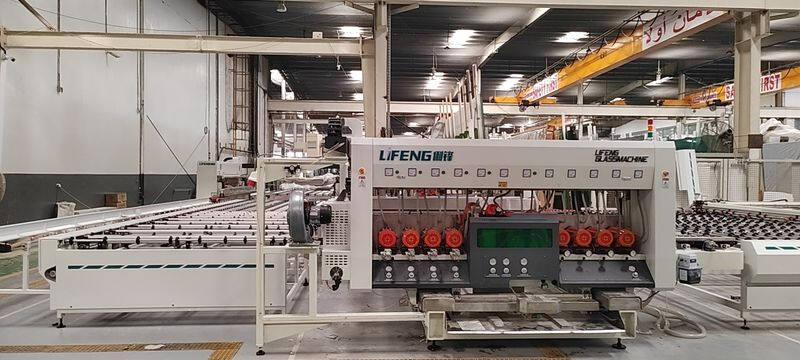laminated glass process
The laminated glass process represents a sophisticated manufacturing technique that combines multiple layers of glass with interlayers of polyvinyl butyral (PVB) or other advanced materials. This process begins with the careful selection and cutting of glass sheets to precise specifications, followed by thorough cleaning to ensure optimal bonding. The glass layers are then assembled with the interlayer material in a clean environment, where they undergo initial pressing to remove air pockets. The assembly enters a heating phase in specialized ovens, where temperatures are precisely controlled to activate the bonding properties of the interlayer. Under carefully regulated pressure and temperature conditions, the layers are fused in an autoclave, creating a single, extremely durable unit. The resulting product exhibits remarkable strength, safety features, and versatile functionality. The process allows for customization in terms of thickness, size, and performance characteristics, making it suitable for various applications from architectural glazing to automotive windshields. The technology has evolved to incorporate additional features such as sound dampening properties, UV protection, and enhanced security capabilities, making it an essential component in modern construction and transportation industries. The precision and quality control measures throughout the process ensure consistent performance and reliability in the final product.


